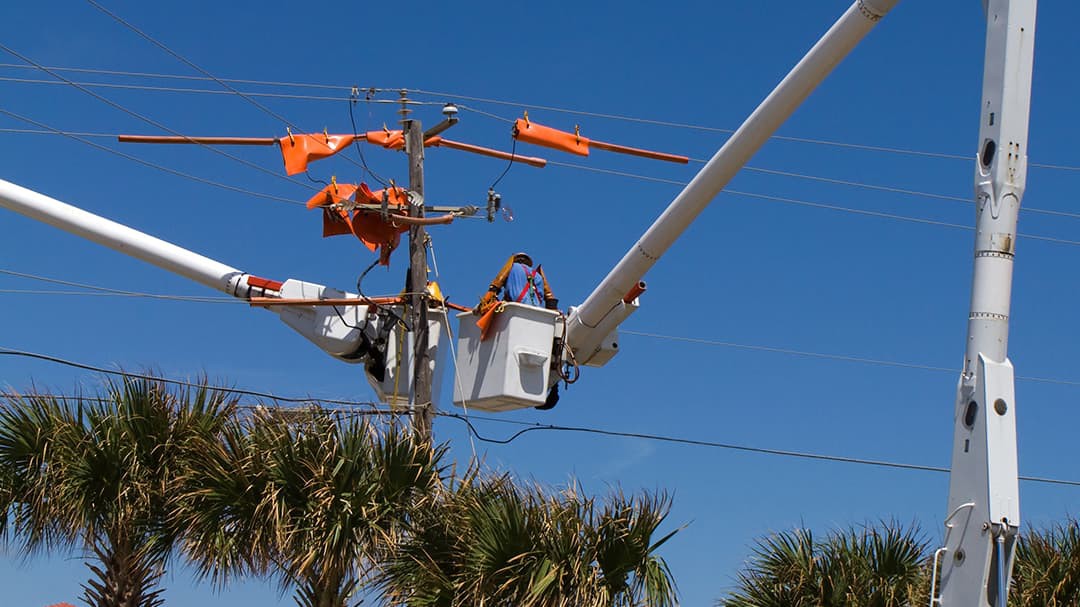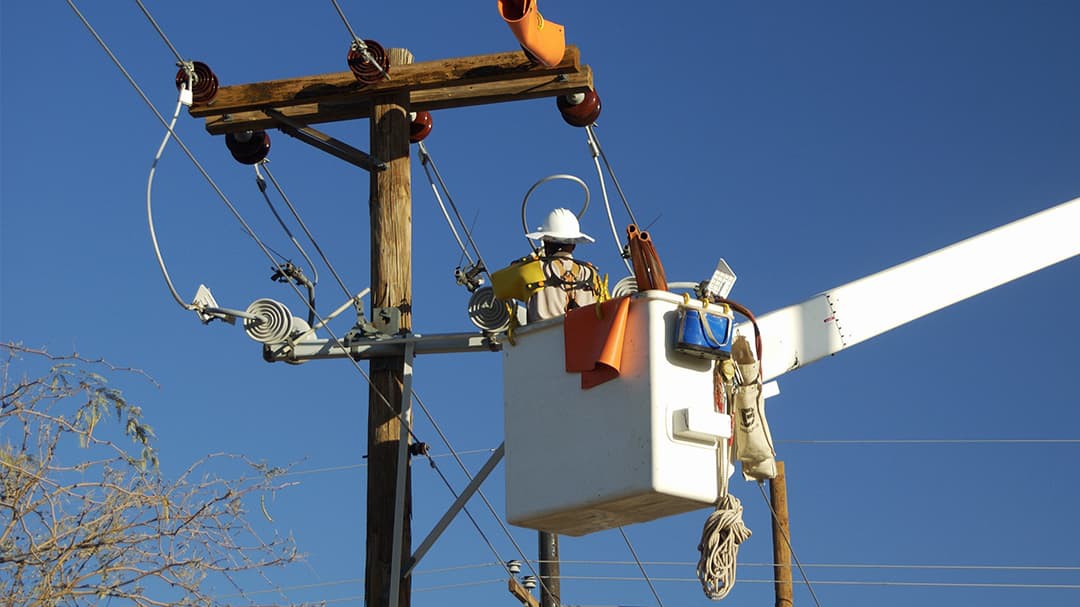USER STORY
Mitigating Network Costs by Mapping Potential Risk
Critical to Western Power's business and reputation is the health of the 7.1 million assets in its network. Asset failure and subsequent outages have the potential to create safety hazards and leave customers without power.
To meet its major infrastructure goals while working within a strict budget, the utility needed a robust, evidence-based approach to its network management to make transparent, auditable, repeatable, and defendable investment decisions. This is why the Network Risk Management Tool was developed.
The tool enables Western Power to accurately quantify and model the risk of individual assets, and from there gauge the impact and cost of failure. Advanced location-based analytics plays a crucial role in terms of processing the data—to understand geographic and topological relationships—and as a powerful visualization tool.
Armed with improved location awareness and a connectivity-based understanding of risk, the organization can now prioritize asset maintenance and upgrades and safely and efficiently refurbish its aging network.

Western Power in focus
A state government-owned corporation responsible for building, maintaining, and operating the electricity network throughout most of south western Australia, Western Power services over a million customers across more than 250,000 square kilometers. It provides an essential service through the transmission and distribution of electricity across its vast infrastructure network—which includes 7.1 million managed assets such as poles, wires, substations, and depots.
Unlike all other major urban areas of Australia, which are covered by a series of interconnected networks, the Western Power network is part of an isolated, self-contained network without outside support or backup.
By keeping up with the latest technology trends, the utility can continue providing a safe, reliable, and affordable electricity supply to south western Australians.

Taking into consideration an asset's location reveals how likely failure may be and predict customer impact. Funding is finite for our management team and this tool helps us prioritize our maintenance schedule with the limited resources we have.
User
Western Power
Solution Mix
- ArcGIS Desktop
- ArcGIS Server
- ArcFM
- Geoprocessing Tools
- Geocortex
The Challenge
The vastness of Western Power's network means maintenance and upgrading is an ongoing challenge. Because of this, the utility is constantly investigating efficient and innovative ways to reduce the risk associated with network or asset failure.
Certain assets require attention more urgently than others. To improve efficiencies in maintaining high levels of safety and reliability across the network, Western Power needed to understand which work took priority under its replacement and maintenance program.
However, to justify spending against a tight fiscal backdrop, a robust, evidence-based solution was needed to ensure that decision-making was transparent, auditable, repeatable, and defendable.
Adding to the challenge were the disparate locations and environments the assets were placed in. More specifically, Western Power required a tool that would do the following:
- Enable the utility to model and analyze its assets to determine which ones had the highest risk of failure and to better understand the consequences of failure for the community, workforce, customers, and environment.
- Account for a range of variables, such as the age of assets and their location, existing faults, and local environmental conditions—including wind, humidity, sunlight, and proximity to the coast (salt).
- Allow the analysis of risk in several ways, including total risk, risk by location, and risk per carrier.
- Provide the necessary information to show that the utility has adequately met regulatory requirements, and to justify investment decisions.

The Solution
The Network Risk Management Tool uses a large amount of spatial data to help determine the risk of asset failure.
Doing so uncovers the insight Western Power needs to make robust investment decisions—solving challenges through the following:
Simplifying spatial representation
The system provides spatial information in the form of easily consumable location and topological attributes. These include distance from the coast or a pollution source, surrounding vegetation types, and where an asset's electricity is sourced from and distributed to. The GIS component of the Network Risk Management Tool helps Western Power manage and visualize these attributes for assessment.
Determining risk scores for assets
By taking into consideration a range of variables, such as pollution source proximity, annual days of rain, the presence of acid sulphate soils,
and surrounding vegetation—in addition to identifying how many customers are downstream and who those customers are—the Network Risk Management Tool can more accurately quantify the risk of failure associated with an asset. The system also performs analytics to forecast which assets should be prioritized for maintenance.
The Innovations
- The Network Risk Management Tool considers a range of previously unknown, underused, or difficult-to-predict factors—such as wind modeling, humidity, sunlight, and pollution—and delivers an unprecedented level of accuracy in determining risk.
- For the first time, the incorporation of information from Landgate, the Western Australian Land Information Authority provides Western Power with land parcels and house locations. This allows the utility to identify assets located on a residential property, commercial farm, or school and adjust risk and priority of maintenance accordingly.

The Outcomes
Improved productivity: Western Power can now manage risk better than ever before—reducing the threat of risk to the business and ensuring that every maintenance dollar is spent wisely. The tool also allows the utility to model maintenance and replacement, illustrating the benefit of the spend.
Prioritized maintenance expenditure: By building a comprehensive understanding of those assets with the highest risk of failure and the greatest consequences of failure, Western Power can prioritize its replacement and maintenance ahead of less vulnerable assets. This ensures money is being spent in the most effective way possible.
Regulatory compliance: The system enhances Western Power's ability to meet industry regulatory compliance and conduct cost-benefit analysis to deliver proof that a proposal significantly reduces risk and thus justifies the investment.
Visual representation of risk: Mapping the levels of risk in the network based on location illustrates which areas in the network are most vulnerable to potential failures. This valuable insight can also inform future capital works planning.
